detail profile travis wilkerson
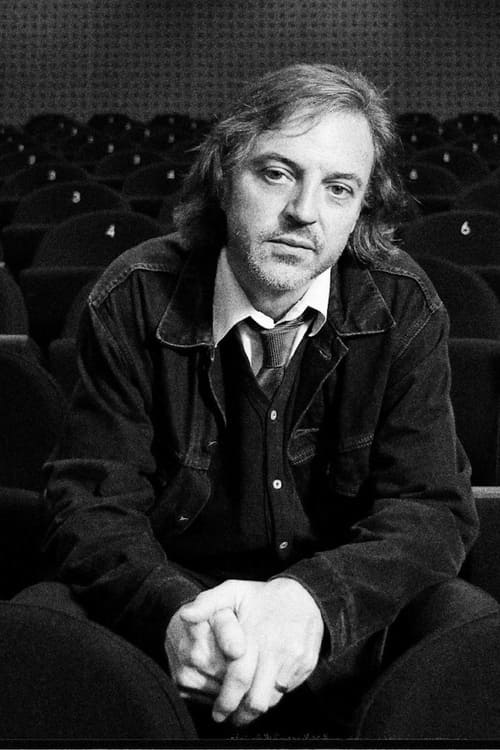
Riwayat Hidup
Travis Wilkerson (born in 1969; Denver) is an American documentary film director, screenwriter, producer and performance artist.
Named the "political conscience of 21st century American independent cinema," by Sight & Sound magazine, Wilkerson is heavily influenced by the Third Cinema movement, and known for films that combine "maximalist aesthetics and radical politics.
" This is owed, in part, to his meeting Cuban filmmaker Santiago Álvarez.
Following the meeting, Wilkerson made the feature documentary Accelerated Under-Development about that meeting, and he was heavily involved in the rediscovery of Alvarez's films.
Info Pribadi
Peran Yang Di Mainkan Travis Wilkerson
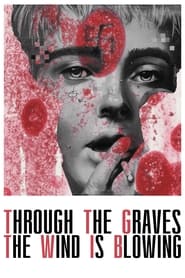 If there is anyone who embodies...
If there is anyone who embodies...Through the Graves the Wind Is Blowing 2024
If there is anyone who embodies the current state of life in Croatia, it is the police detective Ivan Peric. The son of a fisherman, he became a detective as a way of avoiding working in the only really prospering industry of present-day Croatia – tourism. Now his life is consumed by trying to solve a series of essentially unsolvable murders of tourists. Because the tourists are so widely despised, no one will help Ivan. Evidence disappears into the labyrinth of bureaucracy. He is humiliated in public and online. In the local press, his boss even labels him an “uhljeb”, the Croatian slur for a “lazy bureaucratic parasite”. All of this takes place in the city of Split, where the breakup of Yugoslavia has left its mark.
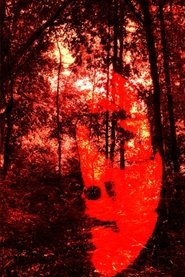 A reply to an earlier work...
A reply to an earlier work...The Fuckee's Hymn 2023
A reply to an earlier work – a radically digressive footnote – and the opening salvo of a new tendency. It is intensely personal and explores the relationship of storytelling to violence, to power, and to memory.
 The first of two two Videographic...
The first of two two Videographic...Full Metal Kuleshov Effect 2023
The first of two two Videographic essays with critical reflections on representations of the Vietnam War. “Full Metal Kuleshov Effect,” counterposes the work of Stanley Kubrick with that of Santiago Alvarez and the Vietnamese director Hai Ninh.
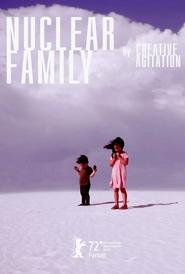 A family trip across the American...
A family trip across the American...Nuclear Family 2021
A family trip across the American West becomes an essay film about nuclear threats past and present. The apocalypse is omnipresent, and the journey shows that destruction has long since become inscribed into the landscape and history of the country.
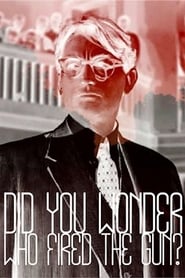 In 1946 my greatgrandfather murdered a black...
In 1946 my greatgrandfather murdered a black...Did You Wonder Who Fired the Gun? 2017
“In 1946, my great-grandfather murdered a black man named Bill Spann and got away with it.” So begins Travis Wilkerson’s critically acclaimed documentary, DID YOU WONDER WHO FIRED THE GUN?, which takes us on a journey through the American South to uncover the truth behind a horrific incident and the societal mores that allowed it to happen. Acting as narrator and guide, Wilkerson spins a strange, frightening tale, incorporating scenes from TO KILL A MOCKINGBIRD, the music of Janelle Monáe and Phil Ochs, and the story of Rosa Parks’ investigation into the Recy Taylor case, as well as his own family history, for a gripping investigation into our collective past and its echoes into the present day.
 Out of respect for his parents...
Out of respect for his parents...For Michael Brown 2014
Out of respect for his parents' request, four and one half minutes of silence for Michael Brown Jr. One minute for each hour his body lay in the streets of Ferguson, MO after he was shot to death by Officer Darren Wilson. Please watch in darkness. Please watch in silence.
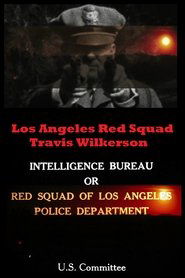 The opening Los Angeles today at...
The opening Los Angeles today at...Los Angeles Red Squad: The Communist Situation in California 2013
The opening, Los Angeles today, at dusk. In this first instalment of a series about the police in the United States, Travis Wilkerson seeks to trace the early activities of the Red Squad section of the municipal police, under the zealous tutelage of its figurehead in the 1920s and 30s, William “Red” Hynes. Of him, we only see a face and a gesture, revolver pointed at the person photographing him. His mission? To track down, flush out and threaten communist activists. Infiltration and intimidation were the lot of this political militia purposely created to break any hint of social or political subversion.
 Taking inspiration from the collaborative 1967 militant...
Taking inspiration from the collaborative 1967 militant...Far from Afghanistan 2012
Taking inspiration from the collaborative 1967 militant anthology film Far from Vietnam, five of the boldest and most prominent American militant filmmakers unite to create this searing (and seething) omnibus work, employing a variety of approaches to reveal the hidden costs of the United States' (and Canada's) most expensive and longest-running war. (TIFF)
 In the film Wilkerson presents four...
In the film Wilkerson presents four...Fragments of Dissolution 2012
"...In the film, Wilkerson presents four interviewees. Two are widows whose family members (one husband, one son) were Afghan vets who committed suicide. The other two are women who lost family members because Detroit Edison turned off their electricity during the winter. Wilkerson does nothing to draw parallels between these two forms of injustice. Rather, by simply juxtaposing the women’s stories, we are able to see how systematic indifference to human life takes multiple forms, but comes back to the same root causes, and how we are indeed fighting the same war against the poor and disenfranchised at home and abroad – ici et ailleurs. – Michael Sicinski, Mubi Notebook.
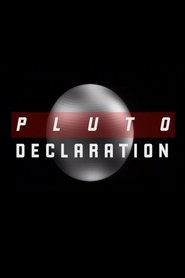 Restore the classical definition of planet...
Restore the classical definition of planet...Pluto Declaration 2011
Restore the classical definition of planet! Bring back planet Pluto! The solar system is twelve!
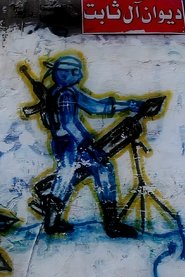 SAND CREEK EQUATION uses a poetic...
SAND CREEK EQUATION uses a poetic...Sand Creek Equation 2011
SAND CREEK EQUATION uses a poetic narrative style to explore the horrendous parallels linking the 2008-2009 war on the Gaza Strip with the 1864 Native American massacre in Sand Creek, Colorado.
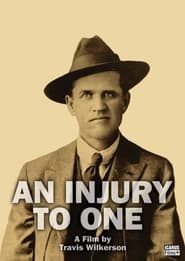 An experimental documentary exploring the turnofcentury...
An experimental documentary exploring the turnofcentury...An Injury to One 2002
An experimental documentary exploring the turn-of-century lynching of union organizer Frank Little in Butte, Montana.
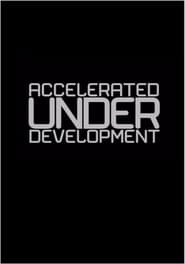 A portrait of the great radical...
A portrait of the great radical...Accelerated Under-Development: In the Idiom of Santiago Alvarez 1999
A portrait of the great radical Cuban film maker Santiago Alvarez.
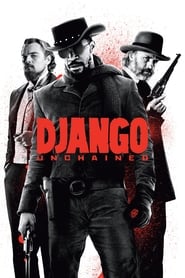 With the help of a German...
With the help of a German...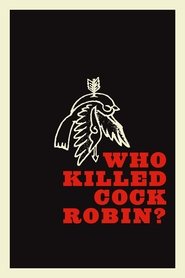 In depressed Butte Montana young men...
In depressed Butte Montana young men...